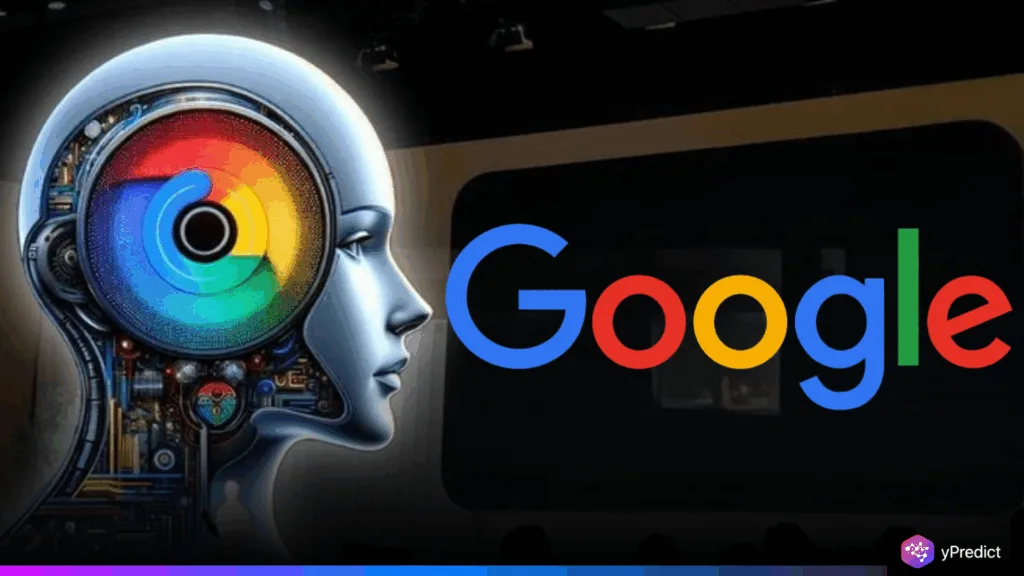
Most small AI models today are fast and light, but they fail at tasks that need deep thinking and structured steps. Google’s new method, called PLAN-TUNING, helps these compact models learn how to solve problems the way humans do, by planning step by step. This method brings real improvements to how small AI models reason, calculate, and adapt to new tasks.
Large models are powerful because they can break problems into parts and think ahead. But using them can be expensive and slow. PLAN-TUNING offers the best of both worlds by letting small AI models learn from the strengths of large models, especially their ability to reason through structured steps.
How PLAN-TUNING Works Behind the Scenes
PLAN-TUNING takes inspiration from human learning. Instead of forcing models to guess answers, it teaches them how to think through each part of a problem. Large models first generate detailed plans for solving tough tasks, such as math or logic problems. These plans are then carefully filtered for accuracy.
Smaller models get trained using these clean, verified plans. They don’t just copy answers; they learn the method. This process combines both supervised learning (learning from examples) and reinforcement learning (getting better through feedback). The result is a small AI model that thinks more clearly and logically.
Real-World Results Show Major Performance Gains
PLAN-TUNING delivers consistent improvements across several benchmarks. On GSM8k and MATH datasets, small AI models showed an average accuracy increase of 7%, with gains up to 20% in some cases. These results prove that step-by-step planning helps the model avoid guesswork.
Even better, these smarter models handle tough, out-of-distribution problems more effectively. On OlympiadBench and AIME 2024 datasets, designed to test abstract thinking, accuracy jumped by 10% and 12%. The models didn’t just memorize patterns; they truly learned how to apply structured reasoning.
PLAN-TUNING also cuts down on common errors. Small models often use incorrect formulas or skip steps. This method teaches them to follow a systematic process, reducing such mistakes and improving reliability.
Why This Matters for Real Applications
These improvements open up several new use cases. For education, small AI models can now serve as step-by-step tutors rather than just giving quick answers. This means more helpful learning tools for students and educators.
In daily life, smarter small models can plan trips, manage schedules, or automate complex workflows. You no longer need a heavy, cloud-based system to get quality output. With structured reasoning, lightweight models can become personal assistants, even on devices with limited resources.
Researchers can also use PLAN-TUNING in fields like programming, science, and finance, where tasks require logic and clarity. These areas benefit when small AI models can reason like large ones without the cost.
Important Limits to Keep in Mind
PLAN-TUNING isn’t perfect. It depends heavily on the quality of plans generated by large models. If the plan contains errors or biases, the smaller model will learn those too. Also, generating and verifying these plans still needs significant computing power.
So far, PLAN-TUNING has mostly been tested on math and logic problems. It’s unclear how well it will work on creative or conversational tasks. Further testing will help define how widely it can be applied.
What’s Next for Small AI Models?
Google’s work is breathing new life into small AI models. Rather than viewing them as inherently limited tools, PLAN-TUNING shows they can be trained to grow more intelligent. By using structured reasoning and plans with multiple steps, even small models can be competitive with much larger models.
If these modes of PLAN-TUNING and other types of fine-tuning can be improved and scaled, there could be more intelligent (faster and cheaper) AI in your phones, classrooms, and offices sooner than you think. The future of AI will not solely be the purview of the large models – it may be written by the small, but smart models.






